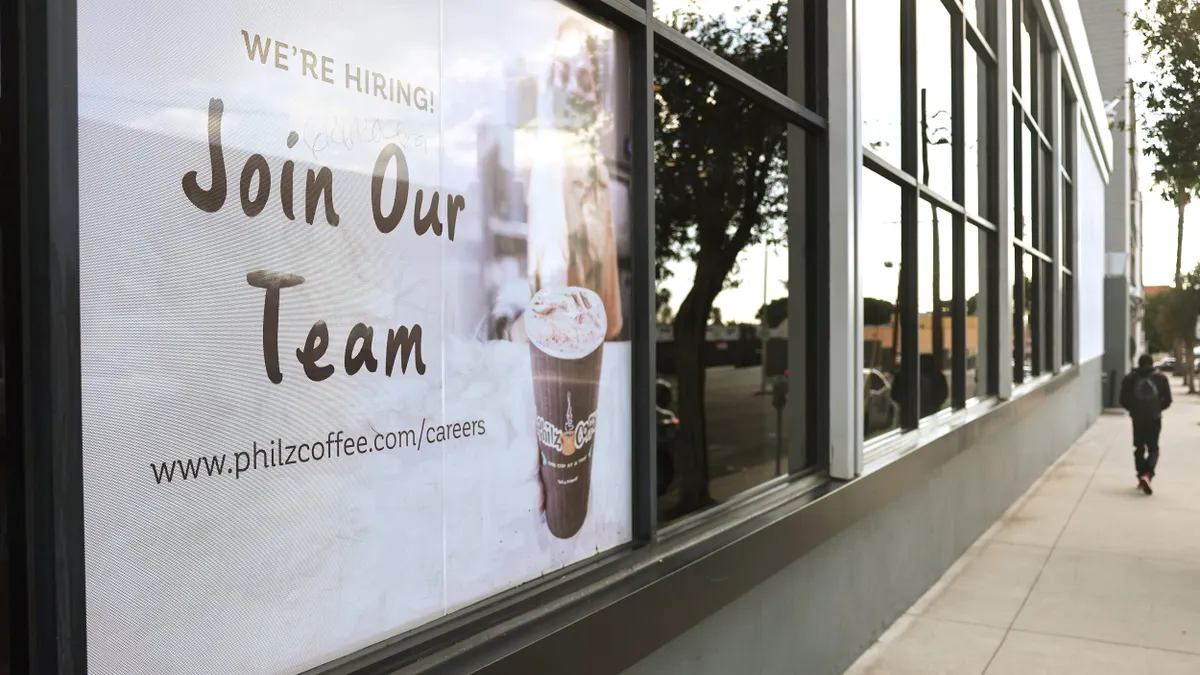As people live longer and choose to remain in the workforce longer, society needs to reevaluate its stereotypes about older workers, Elizabeth White, an author and aging solutions advocate, said Tuesday during a panel discussion at the Center for Workforce Inclusion’s annual Equity Summit.
“We’re stuck in a time warp about what it means to be an older adult. The expectation is that people stop working at 65, and that’s just not the case,” White said. “There’s a big challenge to change our framework and our perception of what it means to be an older adult.”
Stereotypes about older workers not wanting to work or being too frail to work don’t hold up, White said. Rather, these are experienced workers with institutional knowledge, she said.
The disconnect can be attributed to “blind spots” but also to ageism, Janine Vanderburg, CEO of Encore Roadmap, which provides tools to capitalize on the strengths of older workers, said during the panel on diversity, equity and inclusion.
“It is a blind spot when people overlook the real attributes that older workers can bring to a workforce, to a business,” Vanderburg said. But when employers believe myths and stereotypes about older workers not wanting to work or being digitally incompetent, it can become ageism, she said.
“Ageism actually exists, and it’s more than a blind spot. It shows up as prejudice. It shows up in stereotyping, and it results in people actually being pushed out,” Vanderburg said.
Vanderburg highlighted a recent settlement in which a tutoring provider settled with the U.S. Equal Employment Opportunity Commission for $365,000 over allegations it programmed its tutor application software to reject women 55 or older and men 60 and older.
Addressing the problem
Often, discussions about aging policy center on long-term care and transportation, which are important, but not the full picture of challenges older adults face, Vanderburg said.
“When policymakers, even well intentioned, are talking about aging policy, we don’t talk about employment. When people are talking about employment and workforce development policy, you would be hard pressed to see older workers as part of it,” Vanderburg said. “We have a systemic issue of workplace age discrimination, and also one that’s pretty much ignored by policymakers.”
Right now, approaches on addressing DEI issues relating to older workers are “scattered,” White said.
“We don’t know what best practice is here. We don’t know the companies that are doing work in this area,” White said. “There is an opportunity to begin to assemble and talk to companies who are more out front here, starting to think about it, and then the other companies will follow as they did with women, as they did with minorities” in the workforce.
More employers are, anecdotally, starting to ask how to find older workers, Vanderburg said, attributing the increased interest to the roughly 10 million unfilled positions recently reported by the U.S. Bureau of Labor Statistics.
“The idea that older workers staying in the workforce keeps out younger workers is just on its face ridiculous,” Vanderburg said.
To attract older workers, companies need to reevaluate their recruiting efforts, she said. That can be as simple as looking at recruitment materials to make sure they don’t just feature younger workers or use exclusionary terms like “digital native,” or by ensuring there’s diversity among the people who are doing the recruiting.
Companies also can improve DEI in hiring by adding an older candidate to every pool of candidates being considered for a position, White said.
“In many jobs, if there’s a slate of talent that comes in and there are no women, if there are no minorities, we now call people out on that. We have to work that same muscle here. When you are considering a hire, you want to challenge the person who’s bringing you the slate: ‘Why is there no one over 50?’” White said. “It’s a muscle we just have to start working, because it is a blind spot. People are not going to automatically consider it.”
There’s also an opportunity for the federal government to lead efforts to employ older workers, White said. After the U.S. integrated the U.S. Army, her father became a career officer, she said. The integration of the Army started a snowball effect, leading other sectors to integrate their ranks as well, she said.
“If the government has enormous purchasing power, what if one of the criteria in awarding bids is, ‘Do you have a plus-50 strategy?’ If you have two companies that are equal, the one with the plus-50 strategy is awarded the contract. That will send a ripple and then a tidal wave,” White said.





















